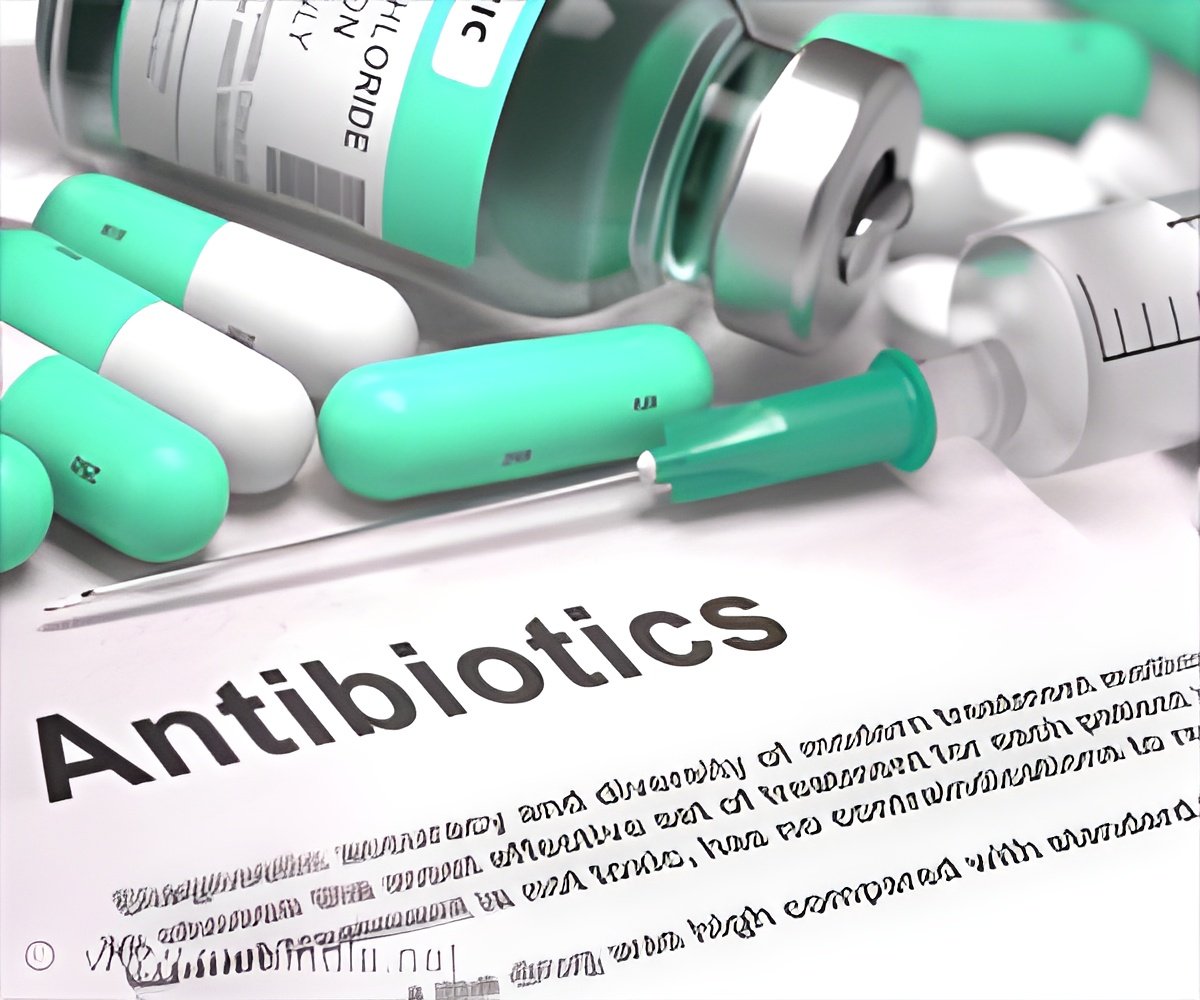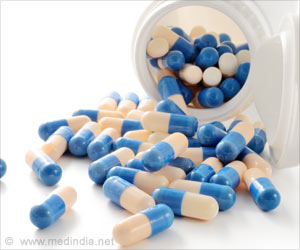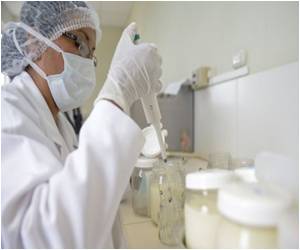The CDDEP has released an online mapping tool together with a report that shows perilous rise in bacterial resistance to last-resort antibiotics worldwide.

Researchers say while developed countries still use far more antibiotics per capita, high rates of bacterial resistance to antibiotics in the low-income and developing countries sound a warning to the world. For example, in India, 57% of the infections caused by Klebsiella pneumoniae, a dangerous superbug, were found to be resistant to one type of last-resort drug in 2014, up from 29% in 2008. However, these drugs, known as carbapenems, are still a better choice against Klebsiella infections in 90% of cases in the U.S. and over 95% of cases in most of Europe.
The report titled ‘The State of the World's Antibiotics, 2015' comprehensively analyzes the present state of global antibiotic use and drug resistance in humans and livestock. The report highlights six strategies that belong in every national plan to halt the spread of resistance. Report authors note antibiotic stewardship is the key component of that action, and they challenge the popular belief that the issue of the antibiotic resistance is due to lack of new drugs in the antibiotic pipeline.
The report says that between 2000 and 2010, the total global antibiotic consumption rose up by more than 30%, from around 50 billion to 70 billion standard units. While per capita consumption is greater in developed countries, the greater increase in antibiotic use during this decade was mainly seen in low-income and developing countries.
The report also mentions that in most countries about 20% of antibiotics are used in healthcare facilities including hospitals and about 80% are used in the community, either prescribed by doctors or availed directly by patients or caregivers without prescriptions It is seen that in a community most of the antibiotics are being taken for coughs and colds, an ineffective curative measure that only adds to the burden of resistance.
The authors add that about 63,200 tons of antibiotics were consumed by livestock around the world in 2010. This figure is expected to touch the mark of 105,600 tons, to meet the needs of an estimated 8.5 billion people who will inhabit the planet. The projected increase will be the result of an increase in the number of animals raised for food production and a shift from small-scale to industrial-scale production.
The ResistanceMap shows that bacterial resistance to antibiotics is high and rising for many drug types and in many countries. In a country like India, where healthcare is unquestionably the biggest issue, highest rates of resistance are seen to almost all drugs used to treat E. coli infections compared to other countries. Strains of E. coli are reportedly more than 80% resistant to three different classes of drugs, meaning treatment options are becoming increasingly limited.
"We see unprecedented resistance to these precious antibiotics globally, and especially in India. If these trends continue, infections that could once be treated in a week or two could become routinely life threatening and endanger millions of lives," said Sumanth Gandra, an infectious diseases physician and CDDEP Resident Scholar in New Delhi.
Methicillin-resistant Staphylococcus aureus (MRSA) is one of the most dangerous pathogen, which can be contracted in the community and hospital setting. According to the ResistanceMap, the incidence of MRSA is rising in sub-Saharan Africa, India, Latin America, and Australia.
The incidence is highest in Latin America, where about 90% of Staph aureus infections were resistant to multiple antibiotics. However, MRSA rates have begun to decline in South Africa, Europe, the UK, and the US, where antibiotic stewardship programs are gaining popularity.
Another important finding is that both human and animal antibiotic use is rising dramatically in developing countries -particularly China, India, Brazil and South Africa. Per capita use in these countries is still less than half what it is in the U.S; the increase is mainly due to a great deal of inappropriate use - mainly self-prescribed for coughs and colds. In many countries, antibiotics are sold in pharmacies without a prescription.
The ResistanceMap was developed with data from different sources; from small private labs in India to large datasets from the European Centre for Disease Prevention and Control, which covers 30 countries. The map provides people with data from every major continent, as well as new findings from low-income and developing countries such as South Africa, India, Thailand, Vietnam, and Kenya amongst others. The site will continue to be expanded and updated in future.
Ramanan Laxminarayan, CDDEP Director and report co-author said that a rampant increase in antibiotic use poses a major threat to public health, especially when people use these drugs without a prescription.
“This is the first time, a research organization provides data on low-income and developing countries. In these countries, antibiotic resistance is a big issue but rarely the focus of policy solutions. We hope our report together with the online mapping tool will help empower these countries to understand the burden of antibiotic resistance in their region. A coordinated, research-backed action should be taken to limit it” said Laxminarayan.
Recommendations from ‘State of the World's Antibiotics, 2015'
The report says limiting overuse and misuse of antibiotics are the only sustainable solutions to avoid the global burden of bacterial resistance.
"We need to focus 80% of our global resources on stewardship and no more than 20% on drug development. No matter how many new drugs come out, if we continue to misuse them, they might as well have never been discovered," said Laxminarayan.
The report tells policymakers that the problem of focusing on drug development as a solution to bacterial resistance is that new antibiotics are significantly more expensive than those currently available and most people will not be able to afford them. A large number of antibiotics have been manufactured in the last few years, but none of them are affordable to common people.
The authors say that much can be done to preserve antibiotic effectiveness for future generations. Even though the findings show alarming trends in global antibiotic resistance rates, the report says that concerted action can help alleviate these problems.
The World Health Organization (WHO) endorsed the Global Action Plan on Antimicrobial Resistance in May 2015. The WHO also urged countries to adopt national-level antibiotic resistance plans within two years. This new report can help countries take action to achieve this goal.
"Our findings reveal that antibiotic resistance and misuse is a growing problem in every country. The good news is that every nation can work on solving it," Laxminarayan concluded.
References
http://www.cddep.org
http://resistancemap.cddep.org
Source-Medindia















